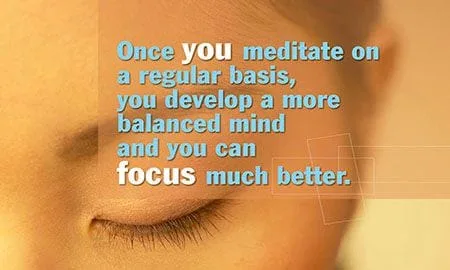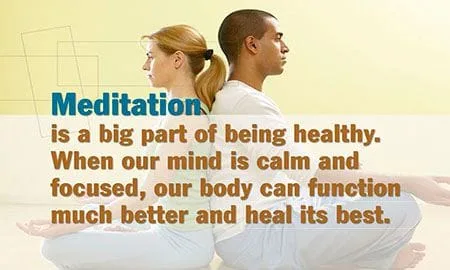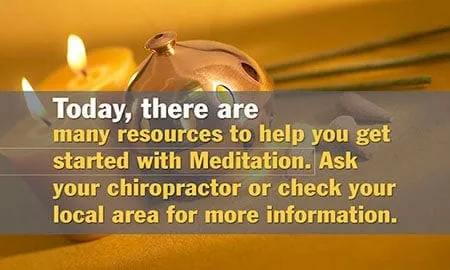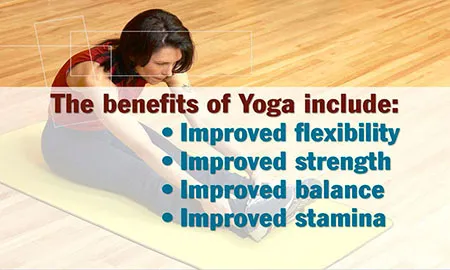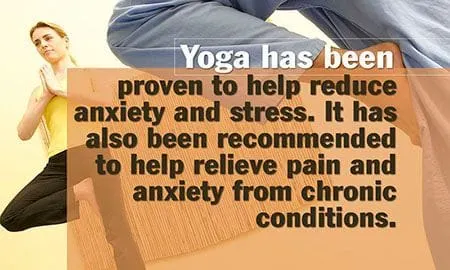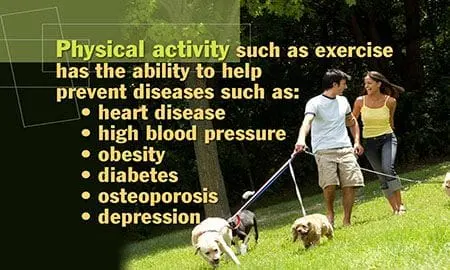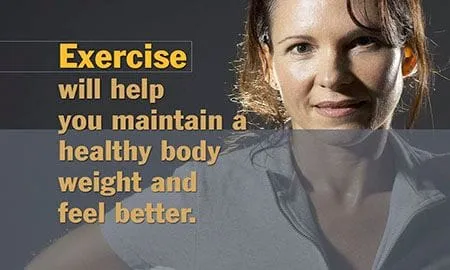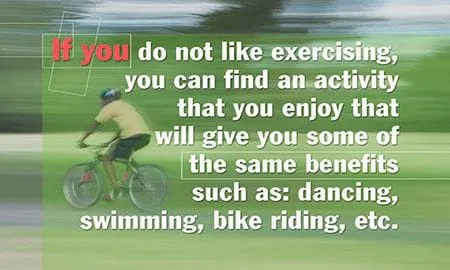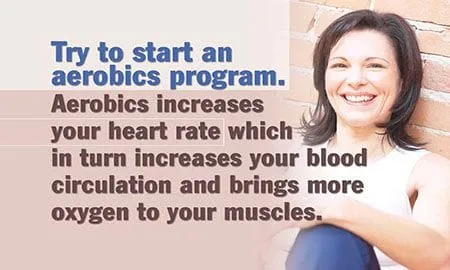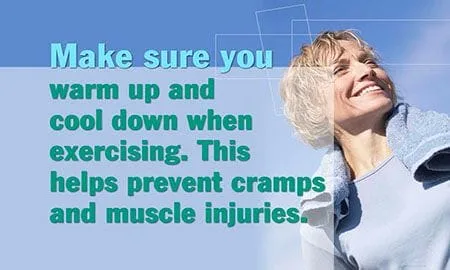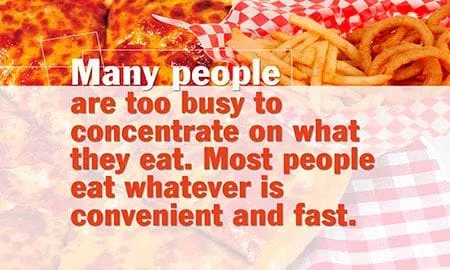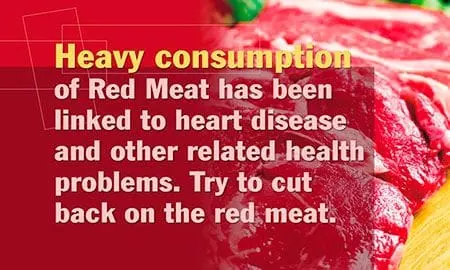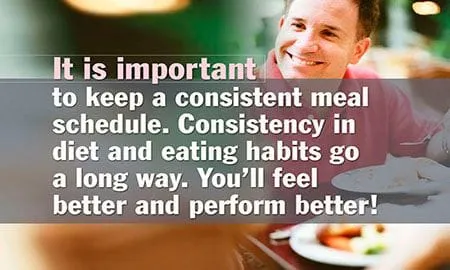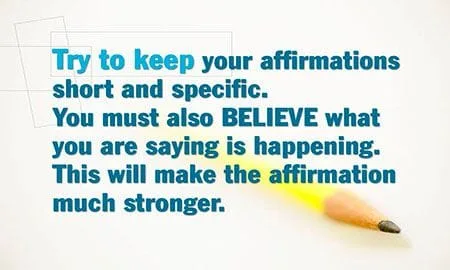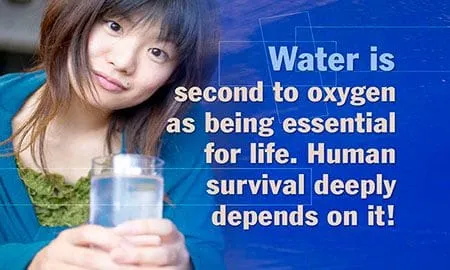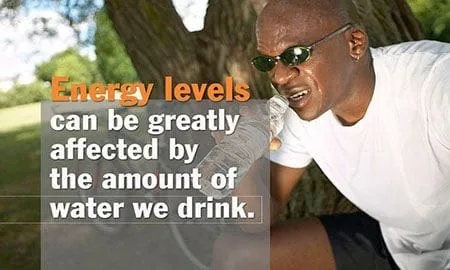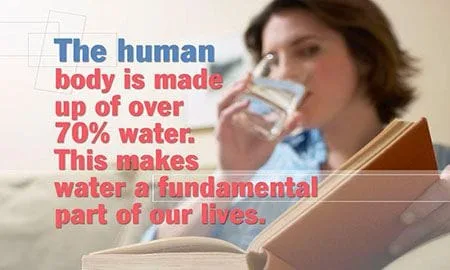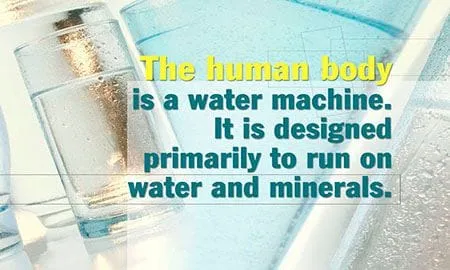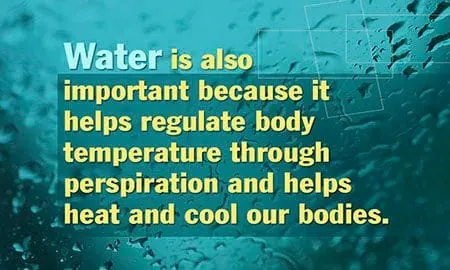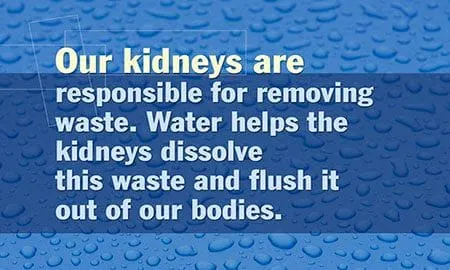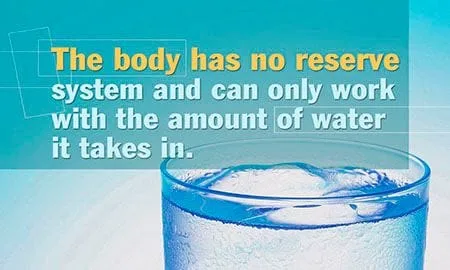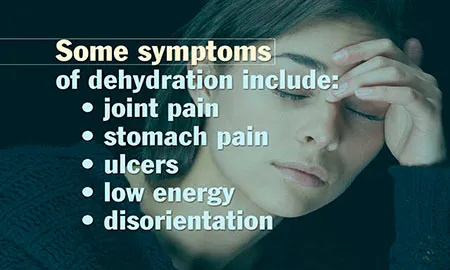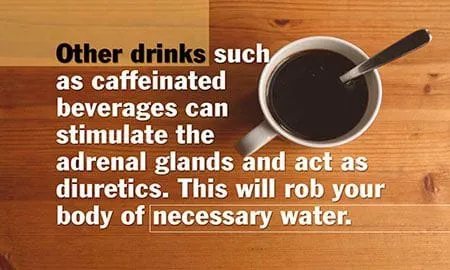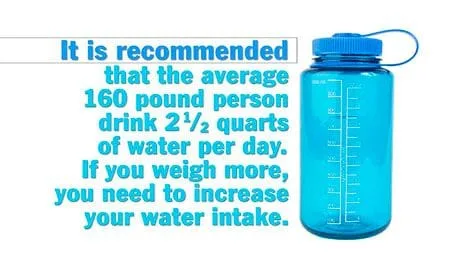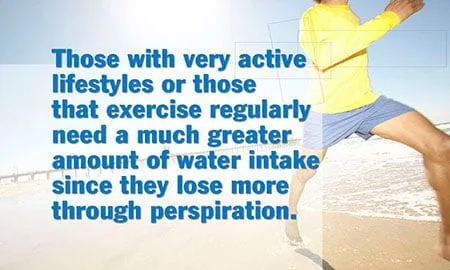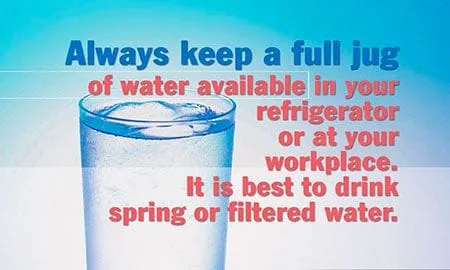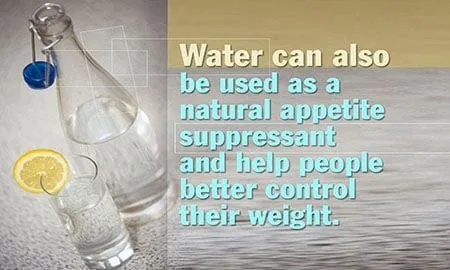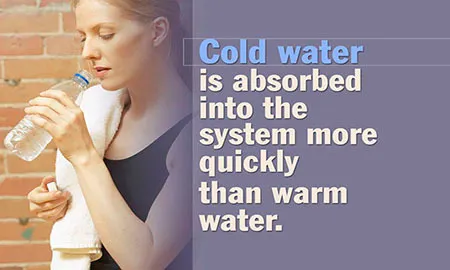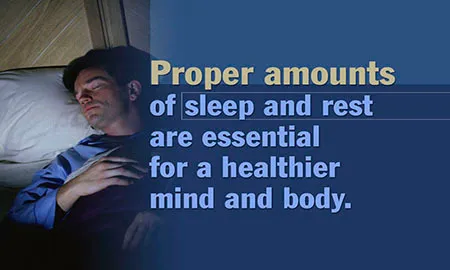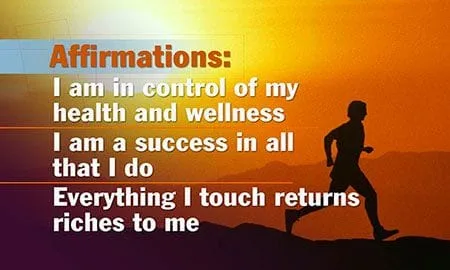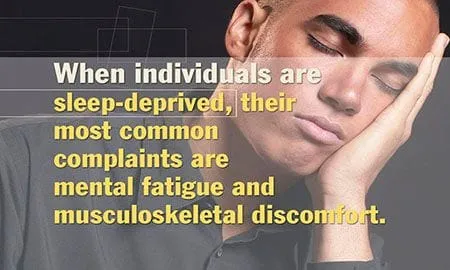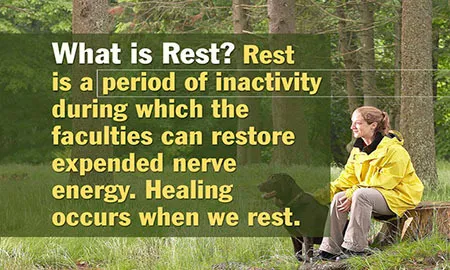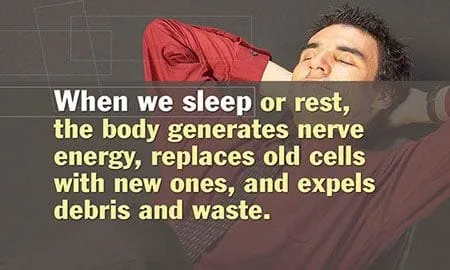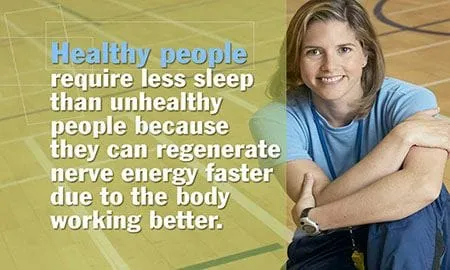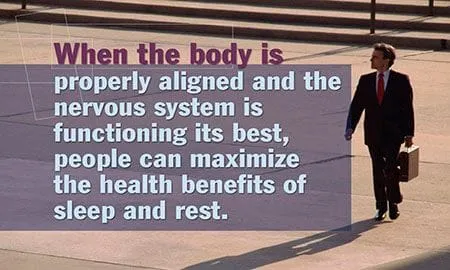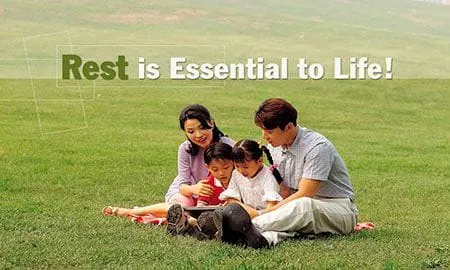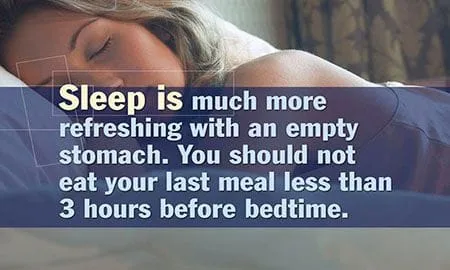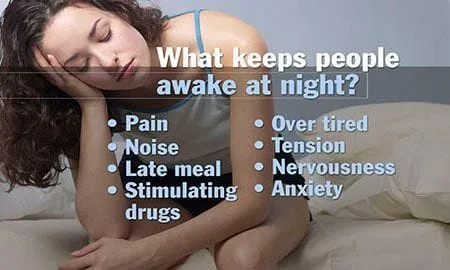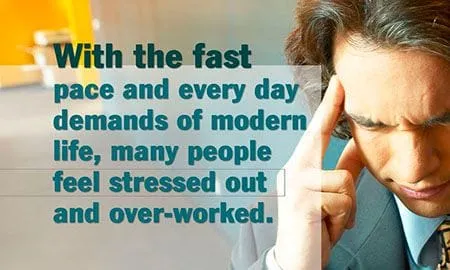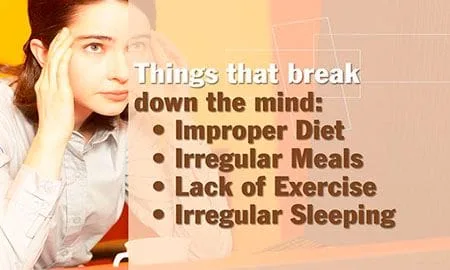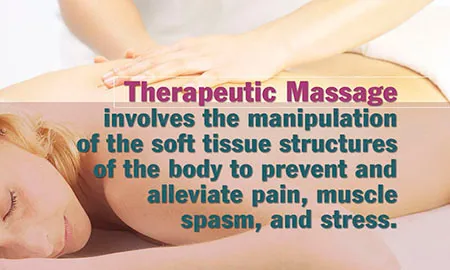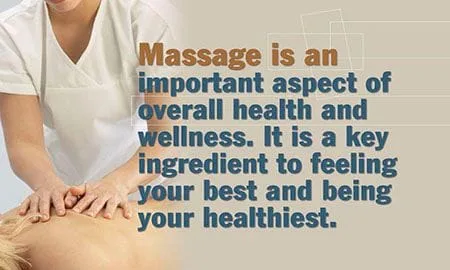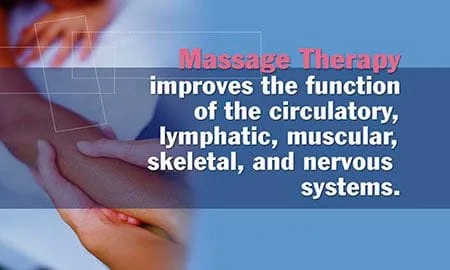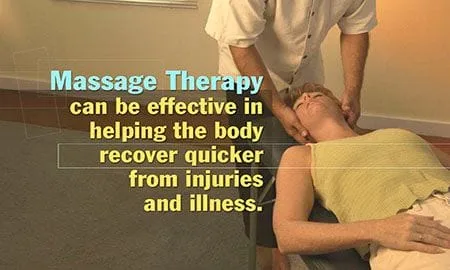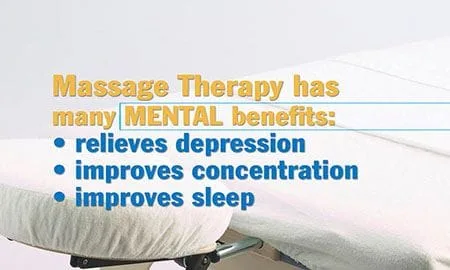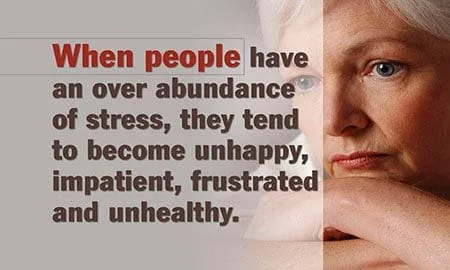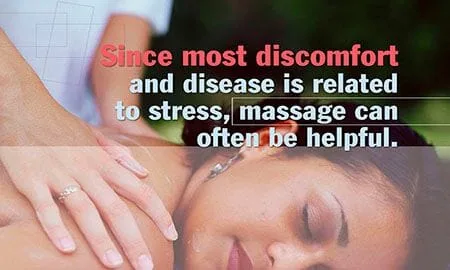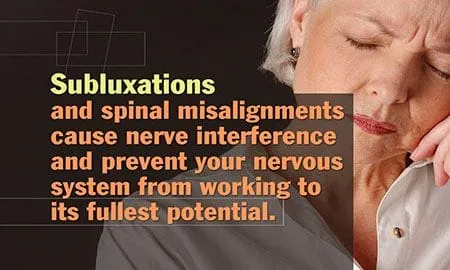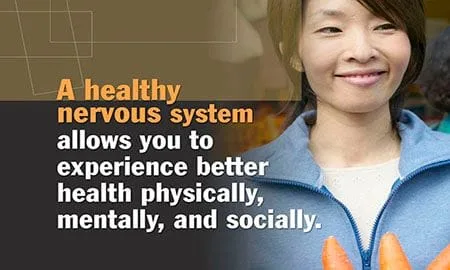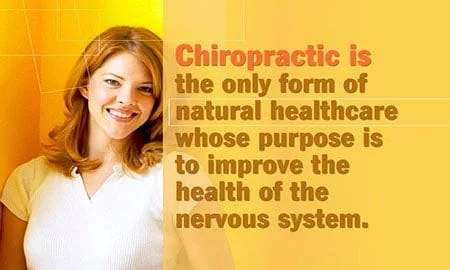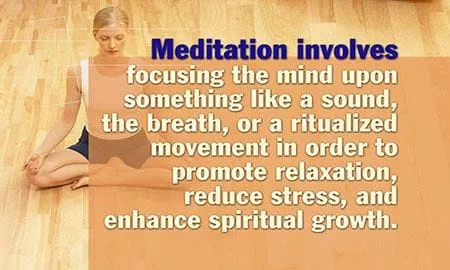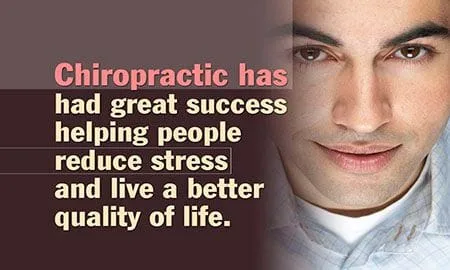Chiropractic - Back Pain - common misconceptions
Back pain, what is it?
Treating back pain has always been considered to be an enigma. Probably because the poor general understanding of how the back is constructed and how it works. The recommendations from a recent national report that investigated the increasing problem of back pain and how it was treated were that back pain sufferers should have treatment, not bed rest and pain killers. Chiropractic was mentioned as one of the preferred treatments.
The success of any treatment depends on the mutual co-operation between patient and practitioner and this is particularly true in the treatment of back pain. A good starting point is to have a better understanding of the causes of back pain. This information sheet will start by clarifying some common misconceptions.
I think I have a slipped disc!
Fortunately discs do not slip out, they are firmly attached to the vertebrae above and below. The discs consist of layers of strong ligaments surrounding the center or nucleus, which is a gel-like material. The nucleus can rupture and press onto nerves if the ligaments have been damaged. This is called a disc herniation.
The signs and symptoms are very characteristic and a qualified Chiropractor can determine this by the physical examination. A disc herniation will improve with treatment but is a relatively serious injury compared to a sprain and therefore tends to take longer to improve. Some people who do not improve with treatment may require surgery to remove part of the herniated disc. Disc herniations are more common in people who have had recurrent back injuries. It is therefore a good reason to deal with the problem before it gets to that stage.
My back is out!
Again, fortunately, vertebrae do not slip out, nor are they pushed back in by manipulation, but dislocations do happen. It happened to Christopher Reeves (Superman) and he ended up in a wheelchair paralysed. He had a so-called fracture dislocation. This is a serious injury often resulting in damage to the spinal cord. So when you think your vertebrae is out of place, it probably isn't.
I have a trapped nerve!
A nerve can get compressed suddenly by a herniated disc or gradually by entrapment by bony spurs developing from wear and tear of the spine. Nerves do not just simply get trapped and un-trapped. If the nerve is compressed or injured the Chiropractor can quite easily determine this by performing an examination. Nerve injuries are normally associated with a feeling of 'pins and needles', numbness and radiating pain in one limb, but you can have limb pain without the nerve being trapped. This is called referred pain.
I have back pain, I need rest!
Rest or activity? Rest is important in the early stages of an injury but not inactivity! Bed rest has been shown to prolong and worsen the recovery if used for more than three days. 'Active rest' including simple walking is the best way forward. Later in the treatment other exercises specifically chosen for your condition can be started.
I need a hot water bottle!
Ice packs should be used if you have any inflammation in your back. The inflammatory process starts when there is tissue injury, damage to the ligaments, bone, or muscle. You should not use heat over an area of inflammation, it may increase the heat and prolong the healing and pain.
Exercise
Exercise is important to prevent recurrent and chronic pain. The most important muscles to build up to support the spine include the deeper back muscles, which provide two thirds of the spine's support and the stomach muscles. The more superficial muscles produce movement rather than stability and are therefore not targeted in spinal rehabilitation exercise.
Heavy lifting and back pain
It is commonly believed that heavy lifting is the cause of back pain, but most people actually hurt themselves when performing relatively simple tasks that they have done hundreds of times before. E.g., bending down to pick up an empty milk bottle, sneezing or coughing, turning in bed, or getting out of the car. When you have back pain you realize how much every little movement affects the back. When we are about to lift something heavy we prepare ourselves and tense our muscles, which help to protect our backs, but when we turn around just to speak to somebody we do not tense any muscles. That is why we are more likely to hurt ourselves during such activities.
Posture
The way we sit, lie, stand or move can have a big impact on the health of our spine. Good posture cannot cure a bad back but it can help to prevent problems. Generally, static postures such as sitting are more detrimental than being mobile. Our bodies were made to move not to sit in front of a TV or computer.
Recently more importance has been given to the way we perform our daily tasks, so called movement patterns. By observing how you perform certain movements the Chiropractor can tell if you have a muscle imbalance that is affecting your spine. The chiropractor can then teach you how to improve the way you move and how to use your muscles to support and protect your back, by giving you specific exercises.
Pain and Healing
Being pain free does not necessarily mean that there is not a problem with the back. Often, in the initial stages, patients are not in any pain. Pain only develops if there is an injury, which is more likely to happen if there is a weakness. Back pain often becomes a recurrent problem from neglect. In the beginning the pain often goes within a week or so, but each time an injury occurs again, it takes longer to get over it until one day it does not go away. That is the time when most people seek treatment. At this stage a lot more effort and work is needed to restore the normal function. Gradually the pain subsides, but that doesn't mean that normal function is restored. It can take as long as 6-12 months to restore normal function in a chronic sufferer.
Arthritis
Many people have been told that they have "arthritis" and nothing can be done for their backs. Osteoarthritis is 'wear and tear' and is considered normal after a certain age. That does not mean that nothing can be done to help to get rid of the pain and dysfunction. Wear and tear is normally a sign of long-standing dysfunction or previous injuries. The majority of people over the age of forty have some signs of osteoarthritis. There are of course other types of arthritis, so called inflammatory arthritis like rheumatoid arthritis and gout, but they are fortunately rare in comparison.
For more information and advice on how chiropractic can help you in the treatment of back pain, including disc herniation, sciatica and referred pain, contact your local chiropractor at Evans Chiropractic Clinic.


